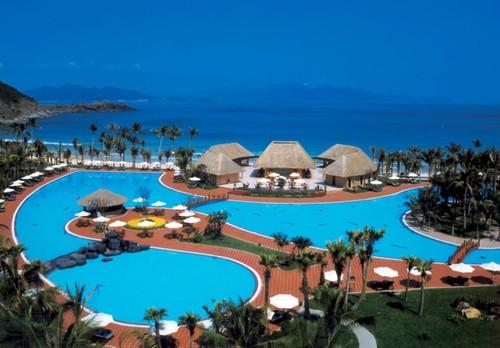 Vinpearland in Nha Trang Vinpearland in Nha Trang
|
Some localities, like Nha Trang, Da Nang, and Phu Quoc, recorded high tourism growth last year. Nha Trang city welcomed 1.2 million foreign tourists (up of 23%) and Da Nang 1.7 million foreign tourists (up 33%).
Infrastructure is an important factor in tourism development. Vietnam now has 9 international airports. It had only5 in 2010. The airports have continued to upgrade and open new terminals. Tourist visa regulations have been simplified and visa fees reduced. Phu Quoc, the only destination in Vietnam where the policy of visa exemptions for foreign tourists is applied, has seen the number of tourists increase 25%.
Positive market signals have encouraged investors to invest in tourism property projects. According to Savills Hotel Consultation, midscale and luxury hotels and resorts in Nha Trang and Cam Ranh are projected to increase 29% a year for the next 3 years. Da Nang tourism properties are predicted to rise 30%; PhuQuocproperties27%. Domestic travel companies say Da Nang and the central region have advantages for golf tourism.
Ngo Hoai Chung, Deputy Director General of the Viet Nam National Administration of Tourism, said: “Vietnam’s tourism development strategy to 2020 and vision to 2030 identifies golf tourism as a high-priority specialized tourism product. We aim to make golf tourism a principal product of Da Nang and the central region, help localities attract investment, and connect travel agencies and golf course owners.”
Natural conditions, government policies, and market demand give the tourism property market in Vietnam a great potential to prosper.